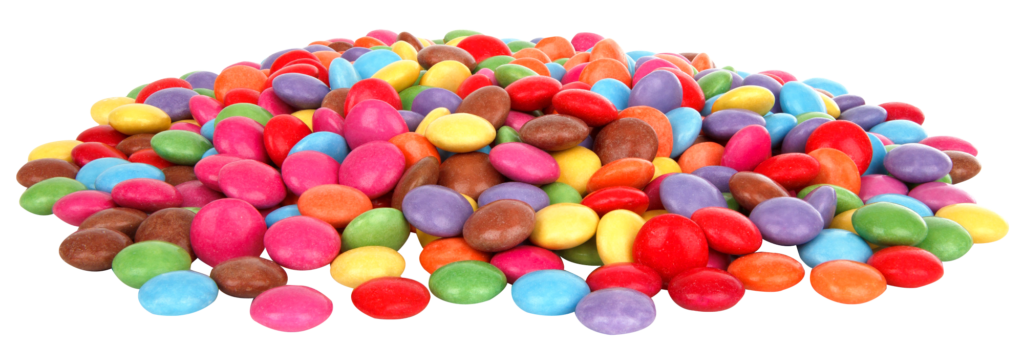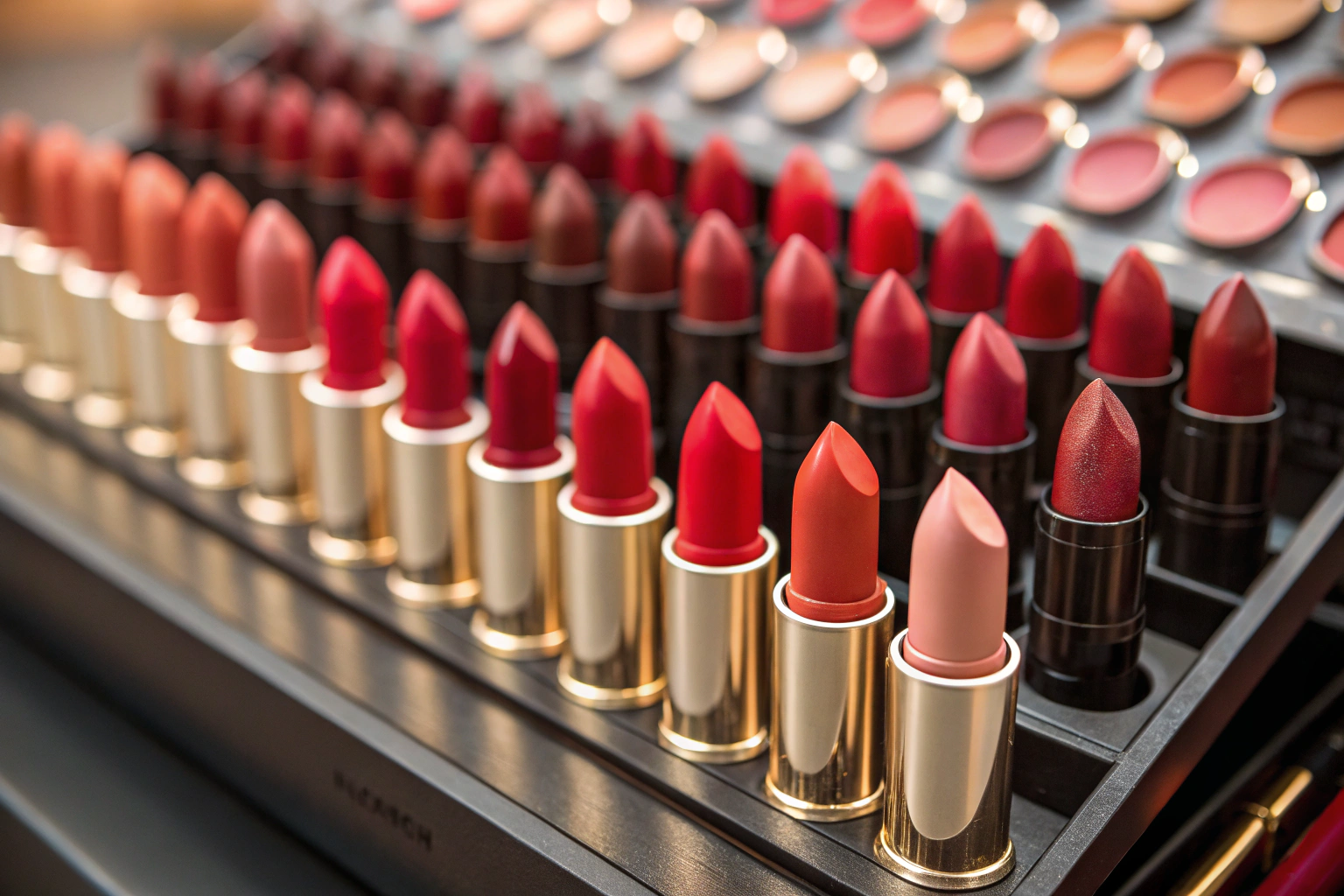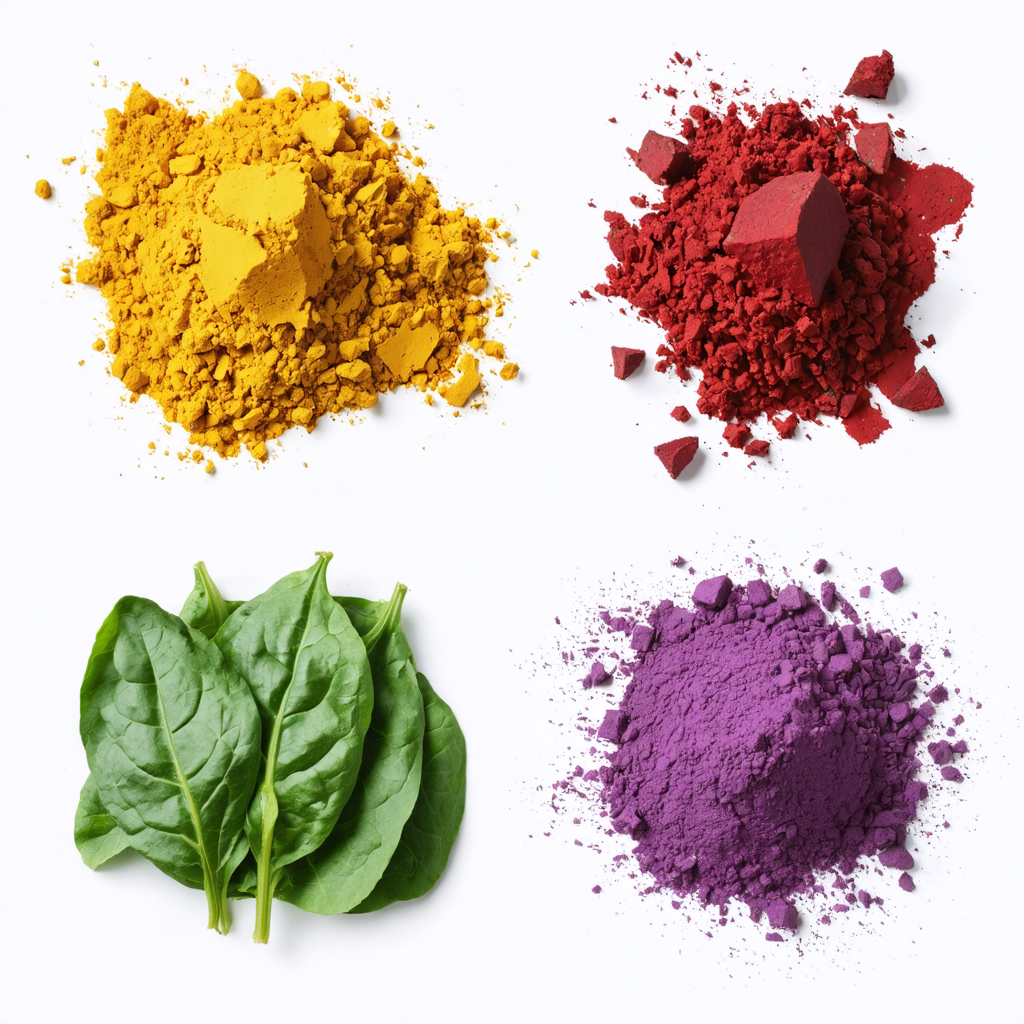A lot of sources such as vegetables, fruits, plants, minerals, and other natural sources are the best in order to extract natural food colors but these are edible. They add color to food.
Table of Contents
ToggleNatural Food Sources for Obtaining Natural Colors
Foods and other edible natural food sources are the best to get natural food colors. These are also perfect to obtain by physical or chemical extraction of the pigments from relative foods. As far as their forms are concerned, they are present in many forms like liquids, powders or gels and pastes. So, it is perfect to use at commercial and domestic stages for cooking purposes. However, food color is actually a dye or we can say that it is an additive or pigment that imparts color to the food or drink.
Usage of Food Colors in Non-food Applicants
There are different non-food applicants. And these are cosmetics, pharmaceuticals and medical devices. Certain colors get aligned with certain flavors. Sometimes, it is aimed to stimulate a color that can be perceived by the consumer as a natural color. Color additives are also used for a number of reasons. Find the reasons below
- To make the food attractive, alluring, mesmerizing, and appetizing
- Correct natural variations in color
- Enhance colors that occur naturally
- Provide color to colorless and “fun” foods
- Allow consumers to identify products on sight, like candy flavors or medicine dosages
Carotenoids, chlorophyllin consists of four main classes of plant pigments which grow to color the food products. Other pigments that give colors or specialized derivatives of these core groups include:
- Annatto, a reddish-orange dye made from the seed of the achiote
- Caramel coloring, made from caramelized sugar
- Carmine, a red dye derived from the cochineal insect
- Elderberry juice (E163)
- Lycopene (E160d)
- Paprika (E160c)
- Turmeric /Curcumin (E100)
As we know that blue colors are rare. One of the blue dyes gets prepared from spirulina. According to some recent research, associating anthocyanins explored in combination with other phenolics and aluminum ions to create blue colors.
Natural Food- Safer to Eat
As far as some of the most common natural food colorings are concerned, they contain carotenoids, chlorophyll, anthocyanin, and turmeric. As far as the green and blue foods are concerned, they now have matcha, cyanobacteria, or spirulina for color.
For the purpose of making sure the reproducibility, the components of these substances which are coloring. These are providing in highly purified form. For stability and convenience, they can formulate in suitable carrier materials (solids and liquids). Hexane, acetone, and other solvents break down cell walls in the fruit and vegetables and allow for maximum extraction of the coloring. We also know the solvents as carry-over ingredients.




